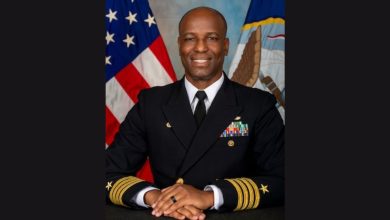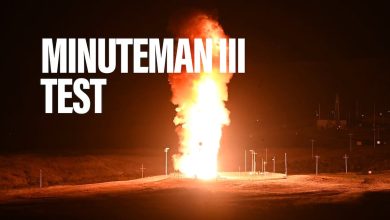Combatant commands must think globally, outgoing Army North chief says

U.S. Army North is one of the commands essential to protecting U.S. citizens but is often one of the last mentioned publicly when soldiers and citizens think of the Army.
The command oversees all U.S. Army activity in the United States and works alongside Canada’s and Mexico’s military forces on U.S. Army activity in those countries. When called, it supports civil authorities such as the Department of Homeland Security and the Federal Emergency Management Agency.
The outgoing commander of ARNORTH, Lt. Gen. John Evans, assumed command leadership at a pivotal time in September 2021. He relinquished command Aug. 13, 2024, and retired after 36 years in the Army.
Evans arrived at the post having previously led U.S. Army Cadet Command from 2018 to 2021.
From the moment he took command of ARNORTH, Evans faced a flood of missions from ongoing COVID-19 response efforts to accommodating 76,000 Afghan evacuees who fled the country after the U.S. military’s withdrawal in 2021.
At the same time, the command has also had to modernize along with the rest of the Army, shifting its training, equipment and formations toward a great power competition fight with potential adversaries such as China or Russia and away from smaller footprint counterinsurgency and counterterrorism operations of the past few decades.
Evans spoke with Army Times before his retirement, reflecting on the command’s past and future. The Q&A has been edited for length and clarity.
Army Times: While ARNORTH plays a significant role, many career soldiers may not have had much experience with the command. What was your experience when you took command?
John Evans: As a special operations guy most of my career I didn’t do much in the homeland. So, I didn’t know a whole lot about how we were approaching homeland defense. I also didn’t know and had not really touched defense support and the civil authorities in any meaningful way. Coming into command in 2021 we were right at the backend of COVID, kind of going into phase two of COVID response. Our team was weary when I got here. There had been incredible work to support all our civil authorities. And right then we started seeing the withdrawal from Afghanistan and knowing we were going to have people we needed to get out of Afghanistan. That was one of the largest single-event immigration events in the history of the United States.
What’s different about working in the homeland (the United States) as compared to other combatant commands?
For so many soldiers who are used to being in a forward deployed theater, particularly considering the wars in Afghanistan and Iraq, the military is always the lead organization, so they’re used to having a certain autonomy in decision-making. But the military is never the lead organization in the homeland for response. It’s a complete reversal when you’re in the homeland. So that takes some depth management. It takes some understanding of how you’re building that organizational dynamic.
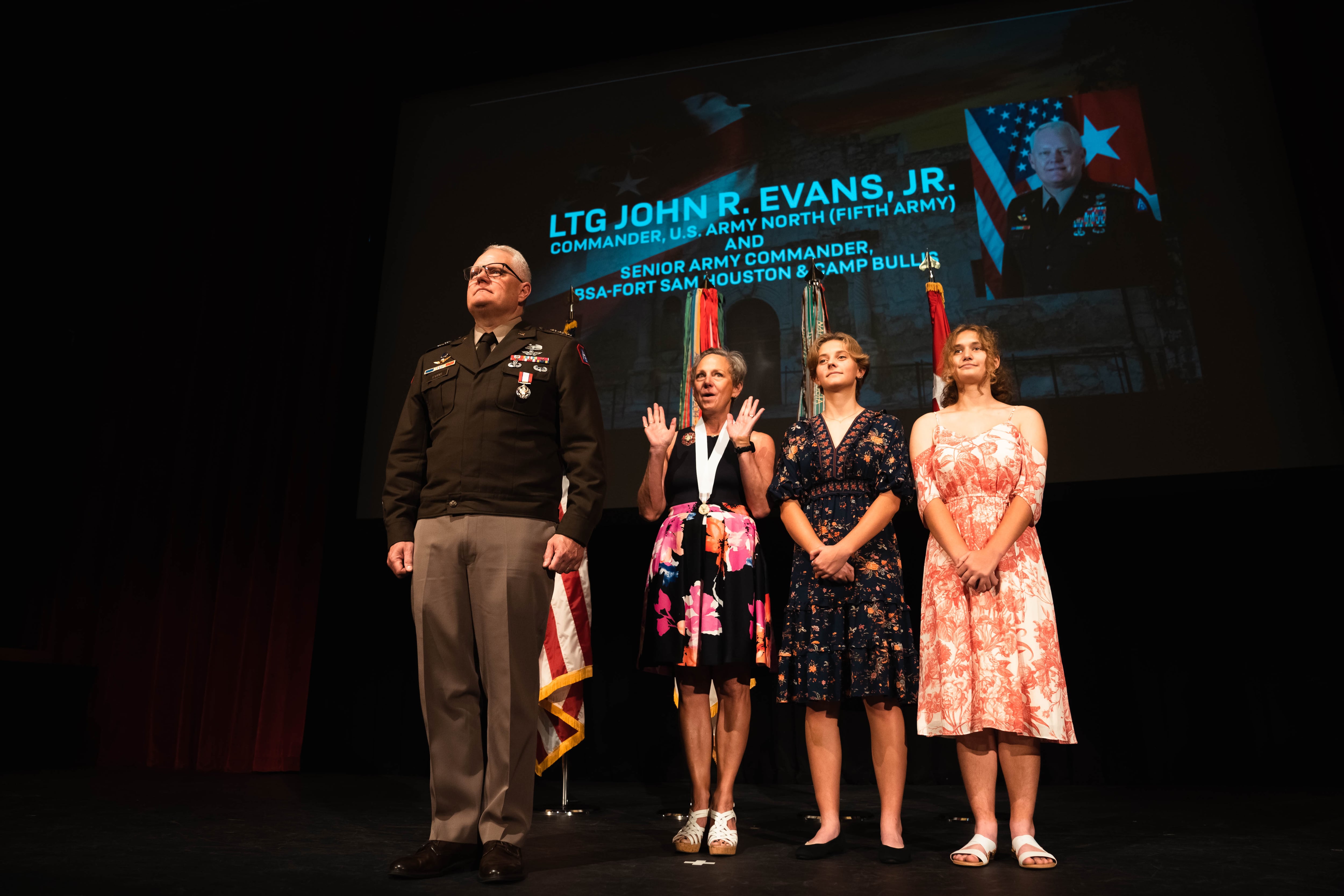
The idea of an attack on the homeland has changed in recent years, especially with the advance of interconnected technologies. What’s ARNORTH able to prepare for?
I don’t think we’re ever going to see a “Red Dawn” situation where we’ve got enemy paratroopers jumping into the wheat fields of Kansas or whatever the setting was for the movie. But I do think it’s very reasonable and feasible to think that we might see cyberattacks, space domain-based attacks, things that will get into our decision cycle that would stop us from being able to deploy rapidly. We count on our ability to deploy rapidly, and it’s unique to the United States; nobody else has it. So, we must look at where are our vulnerabilities and what can we do to better prepare ourselves now so that if we face conflict, we can assure our projection for the forward commanders.
What lies ahead for combatant commanders as the United States refocuses its efforts on peer adversaries and a wide range of potential threats?
We’ve got to keep doing what we’re doing with modernization. But we really have looked at the world kind of regionally. We look at Asia, we look at Europe, we look at Africa, we look at South America and we look at North America. But the bottom line is we are globally interconnected. What happens in one command affects what happens in the homeland. What happens in the Indo-Pacific Command can affect what happens in Central Command. I think as we move forward, we’ve got to be careful because law and policy are set up to support the regional construct. But I think we have to broaden that aperture a little bit and look at things much more globally and holistically.
Todd South has written about crime, courts, government and the military for multiple publications since 2004 and was named a 2014 Pulitzer finalist for a co-written project on witness intimidation. Todd is a Marine veteran of the Iraq War.
Read the full article here


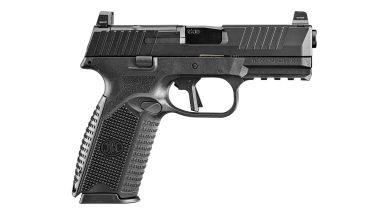
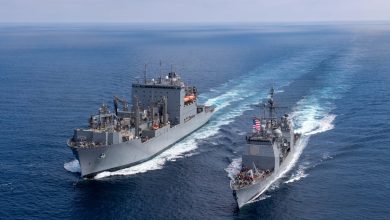

![6 New And Upcoming Guns To Watch Out For This 2025 [SHOT SHOW 2025] 6 New And Upcoming Guns To Watch Out For This 2025 [SHOT SHOW 2025]](https://tacticalgunstores.com/wp-content/uploads/2024/11/1730966977_maxresdefault-390x220.jpg)
